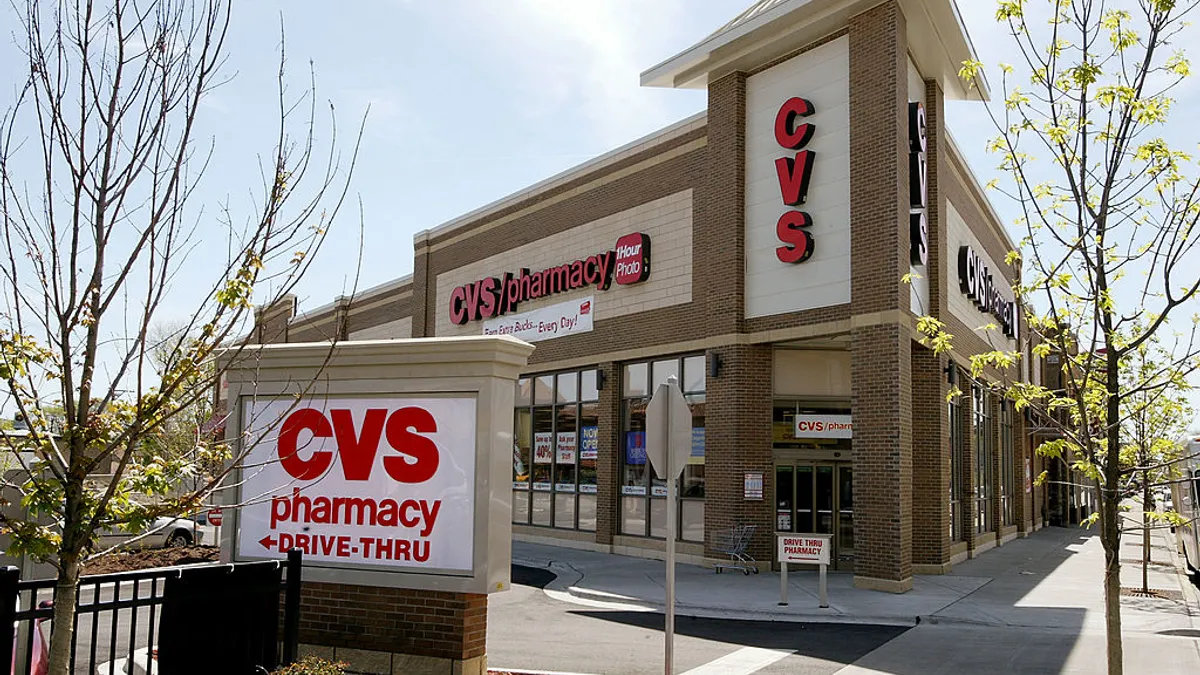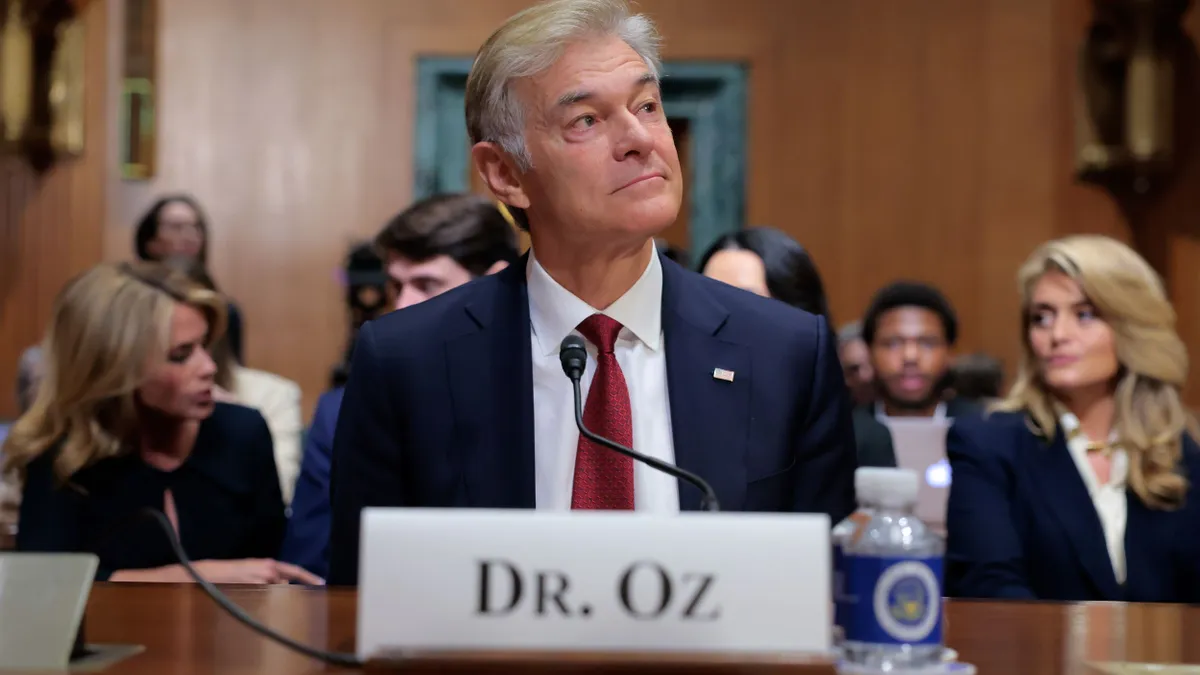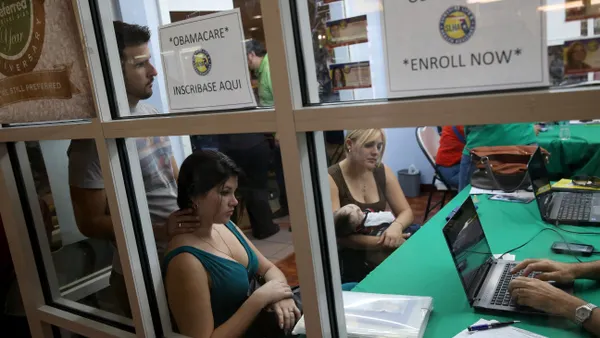Dive Brief:
- CVS Health raised its adjusted earnings outlook for the year as performance in the healthcare giant’s insurance unit improved.
- The healthcare behemoth now expects adjusted earnings per share from $6.30 to $6.40 on stronger finances in CVS’ health benefits and pharmacy units, compared with compared with an earlier outlook of $6.00 to $6.20.
- Adjusted operating income for the health benefits segment rose more than 39% year over year in the second quarter. CVS is “very, very encouraged how the quarter is playing out,” Steve Nelson, president of insurer Aetna, said on a Thursday morning earnings call.
Dive Insight:
The second quarter has proved challenging for a number of insurers. Major payers like Elevance, Molina and UnitedHealth have cut their earnings guidance as they face high medical costs, particularly in Affordable Care Act, Medicaid and Medicare plans.
Heightened medical expenses also hit CVS hard last year, as seniors in Medicare Advantage sought out more care and Medicaid beneficiaries remaining in the program after redeterminations were sicker and required more services.
Additionally, this spring CVS announced plans to exit the ACA marketplace entirely for 2026, after CEO David Joyner said the company saw no “near- or long-term pathway” for Aetna to improve its performance on the exchanges.
But the company’s health benefits unit began to turn around last quarter — and the improved performance has held in the second quarter, according to results released Thursday.
CVS recorded $36.3 billion in revenue in its health benefits unit, increasing nearly 12% from the $32.5 billion reported in 2024.
Adjusted operating income rose to $1.3 billion due to favorable risk adjustment changes in the exchanges, as well as improved performance in government insurance programs, CVS said.
“I’m pleased to report that we are making meaningful progress in the Aetna business. Our recovery has been a top priority,” Joyner said on the earnings call. “We’re starting to see the results of these efforts delivering better experiences while also allowing us to better navigate this elevated utilization environment.”
Still, the company recorded a premium deficiency reserve — how much an insurer expects they might need if premiums collected aren’t sufficient to meet future claims expenses — of $471 million in the second quarter, linked to high costs in CVS’ group MA plans.
Group MA plans are multi-year agreements, so CVS can update prices on them less frequently, CFO Brian Newman said. However, about half of CVS’ group MA plans are set to be repriced next year, he added.
Overall, the health benefits segment recorded a medical loss ratio, a marker of spending on patient care, of 89.9%, up slightly from 89.6% last year.
In CVS’ health services unit, which includes its pharmacy benefit manager Caremark as well as its healthcare delivery assets, revenue increased about 10% to $46.5 billion.
But adjusted operating income was $1.6 billion, down nearly 18% year over year, in part due to a high medical loss ratio at the company’s value-based primary care chain Oak Street Health.
“We saw some pressure inside of our healthcare delivery business that was driven by persistent elevated medical cost, the member mix that we had and then the more robust benefit and supplemental benefit offerings that plans provided to their members,” said Prem Shah, group president at CVS, whose oversight includes its care delivery business.
However, the medical cost pressure at Oak Street and the company’s premium deficiency reserve weren’t a complete surprise, “given results from others across the managed care complex,” Michael Cherny, an analyst at Leerink Partners, wrote in a Thursday note.
Overall, CVS beat Wall Street expectations on earnings and revenue in the second quarter. The company recorded revenue of $98.9 billion, a more than 8% year over year increase. Net income was $1 billion, compared with $1.8 billion in the second quarter last year.













